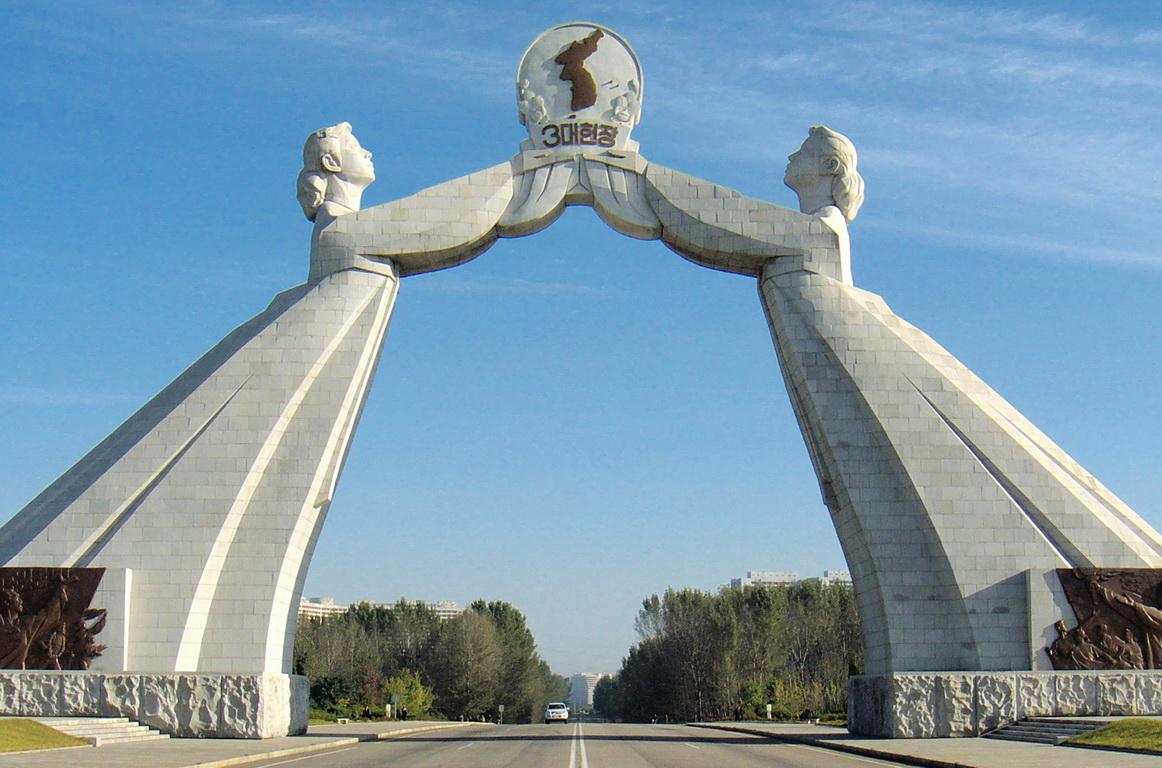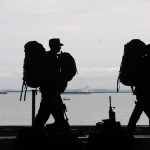Conditions, Challenges and Consequences of Korean Unification

Last week has witnessed a dramatic shift in the relationship between the Democratic People’s Republic of Korea and the Republic of Korea: after years of increasing tensions North Korean dictator Kim Jong-un announced he wanted to ‘write a new history’ of unification with the South. Even after the unprecedented cooperation between the two Koreas during the Olympics, this announcement came as a shock to many. Kim even invited American president Donald Trump to the negotiating table to discuss a potential unification. This breakthrough has come about largely because of the efforts of South Korean president Moon Jae-in, who ever since his election ten months ago had pushed for diplomatic rapprochement. The current breakthrough has many risks attached, but offers above all many opportunities. Realistically, tensions could very well decrease and free movement may be established. Even a unification of the Koreas, however far away, might become possible because of this development. However, unification will inevitably bring about many challenges.
First of all, it will be extremely difficult to reach a political settlement between the inherently different governments of the authoritarian North and the liberal South. A unified Korean government will have to be neither of both in order to accommodate for the wishes of both, but what a new government would look like is hard to say. The position of the Kim family in a new government will also prove to be a major point of disagreement, as democratic South Korea will never agree to a powerful position for a Kim, while Kim Jong-un is unlikely to voluntarily step down from his power. Therefore, reaching a settlement about a replacement of the political systems will be impossible. A possible solution could be decentralization, similar to the ‘one country, two systems’ policy of the government of China. Such as practice would allow democracy in the south, while the Kim family would still rule the north.
There is also resistance from the Korean population, especially from the younger generation: according to public surveys, over seventy percent of South Koreans in their 20s believes unification is unnecessary. This opinion mainly comes about because younger Koreans have lost the connection to their counterparts beyond the Demilitarized Zone, bonded by nothing but a vague national identity, blurred by decades of living apart. Economic considerations also play a role, as many from the South are worried that the burden of an impoverished North would come to rest on their shoulders. The poor north of a new Korea will inevitably face many challenges, as the already small part of the north’s highly educated population will look for employment opportunities in the south, resulting in a ‘brain drain’ similar to what happened after German unification in 1990.
A successful unification will be a huge challenge to the negotiators concerning themselves with this arduous task. Inevitably, both sides will have to make compromises and sacrifices. Nevertheless, once established, unification will have a dramatic impact on the balance of power in East Asia. The United States will very likely start to play a less important role in the region, as its major security concern – a dictatorial regime capable of conducting a nuclear strike – will be no longer present. Korea and Japan will therefore have to become less reliant on their major ally. In this case, Korea will very likely move to warmer ties with China, while Japan, as China’s major antagonist in the region, will have to ally itself with Taiwan in order to counter Chinese influence.
The balance of power in Asia will inevitably shift due to Korean unification, but a unification is by no means inevitable: as mentioned above, negotiators will have to consider both their leaders and their population. Perhaps negotiations will prove that the Korean peninsula has already moved way past any possibility of unification, but the dream still harboured by many from both North and South Korea can very well become reality.
Featured Image:
Kok Leng Yeo from Singapore, Singapore (https://commons.wikimedia.org/wiki/File:Arch_of_Reunification.jpg), „Arch of Reunification“, https://creativecommons.org/licenses/by/2.0/legalcode



